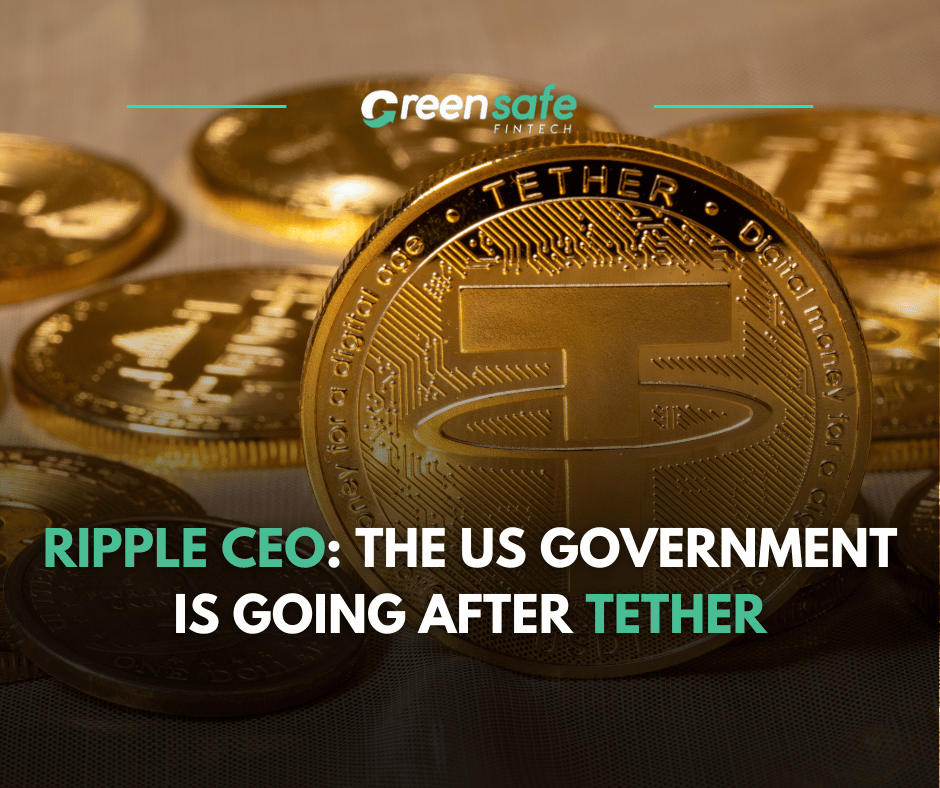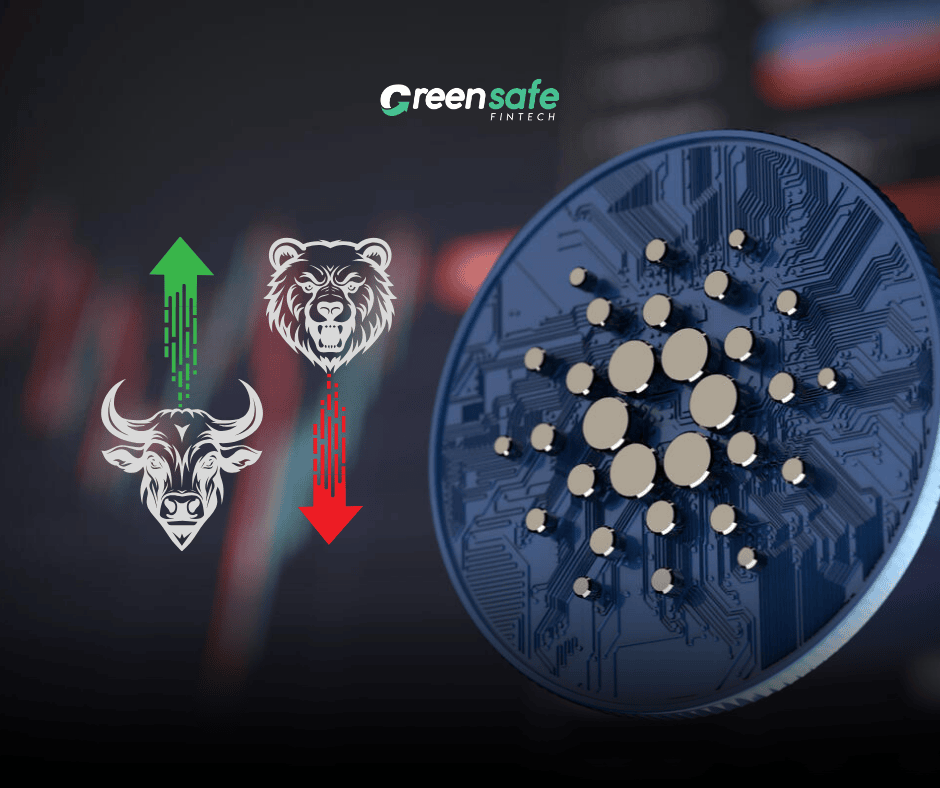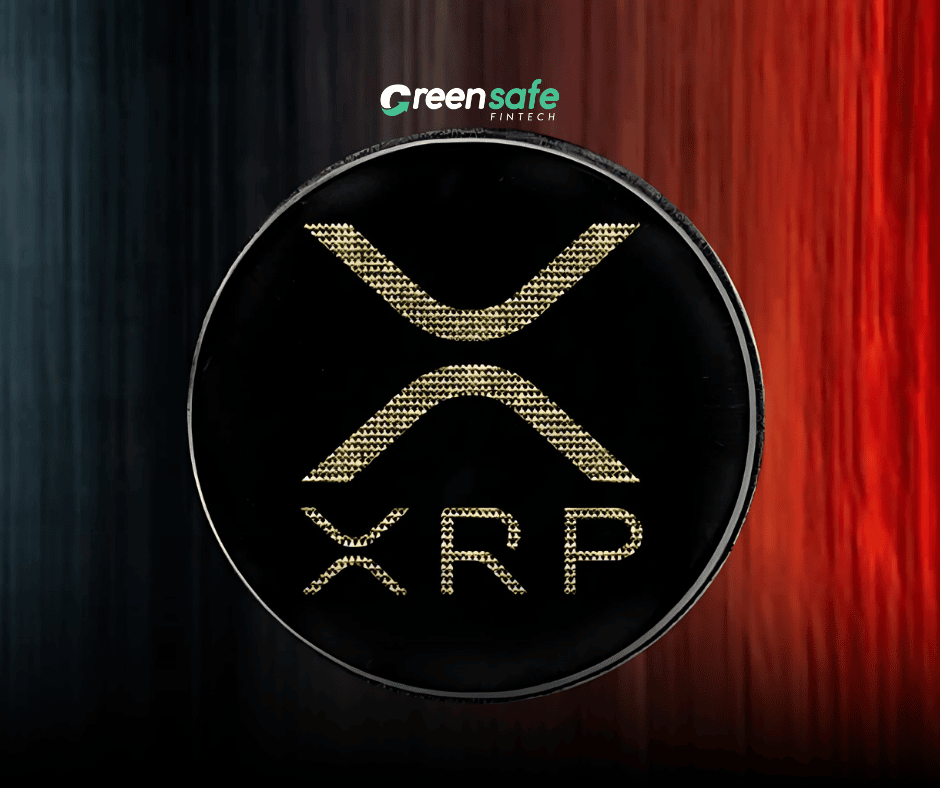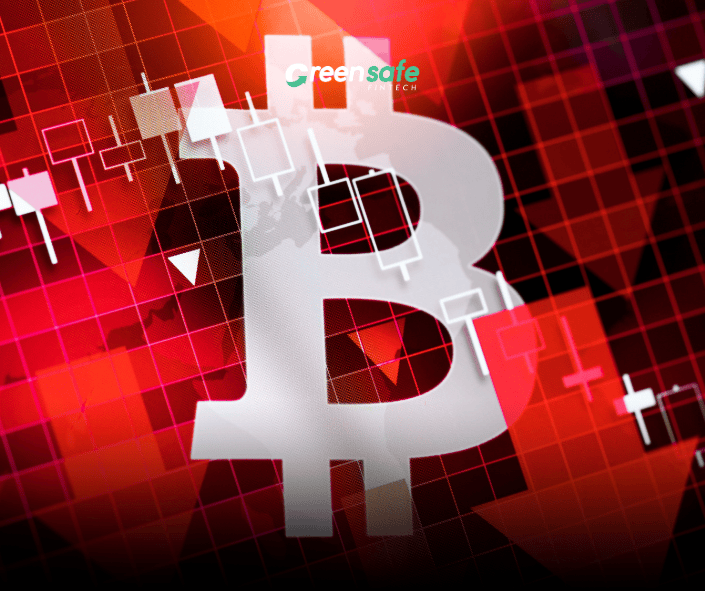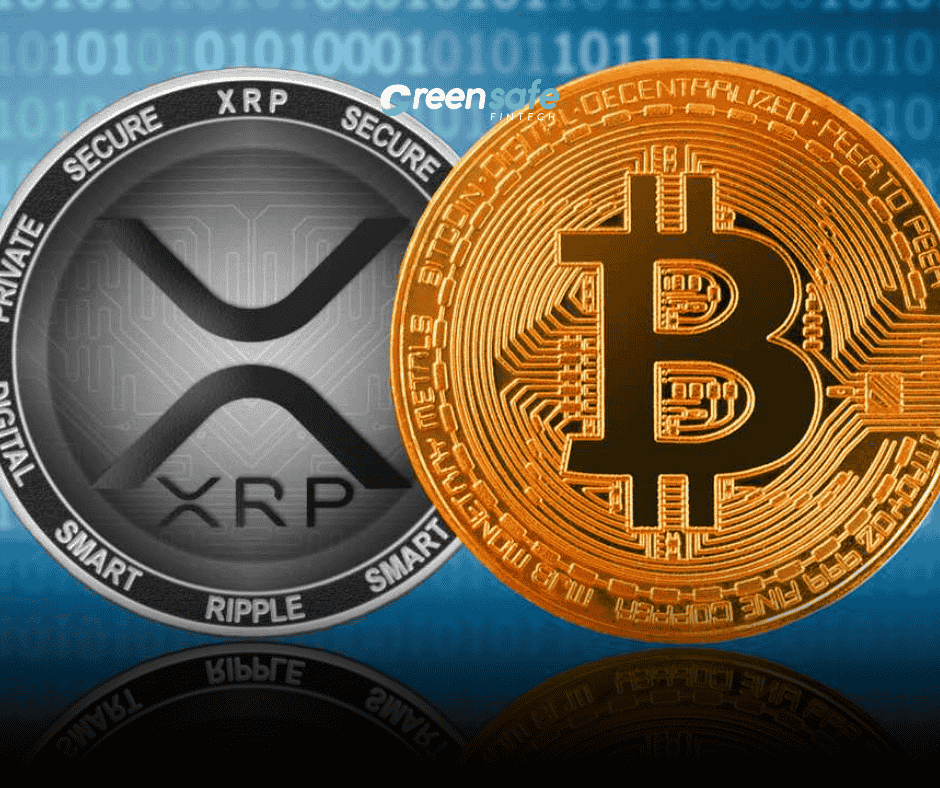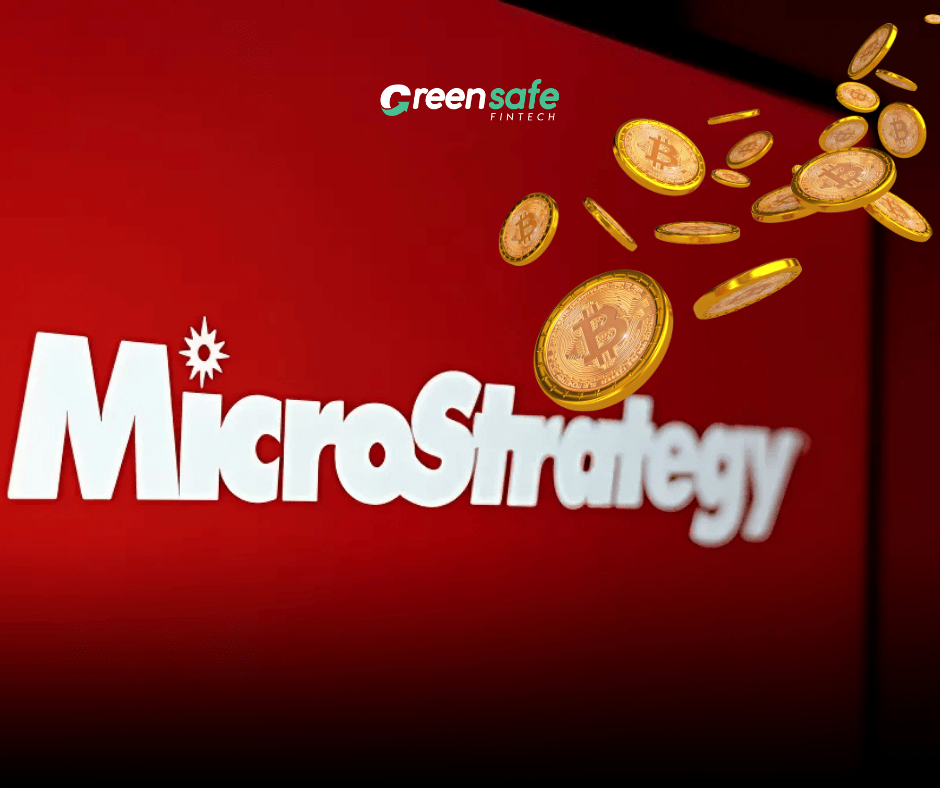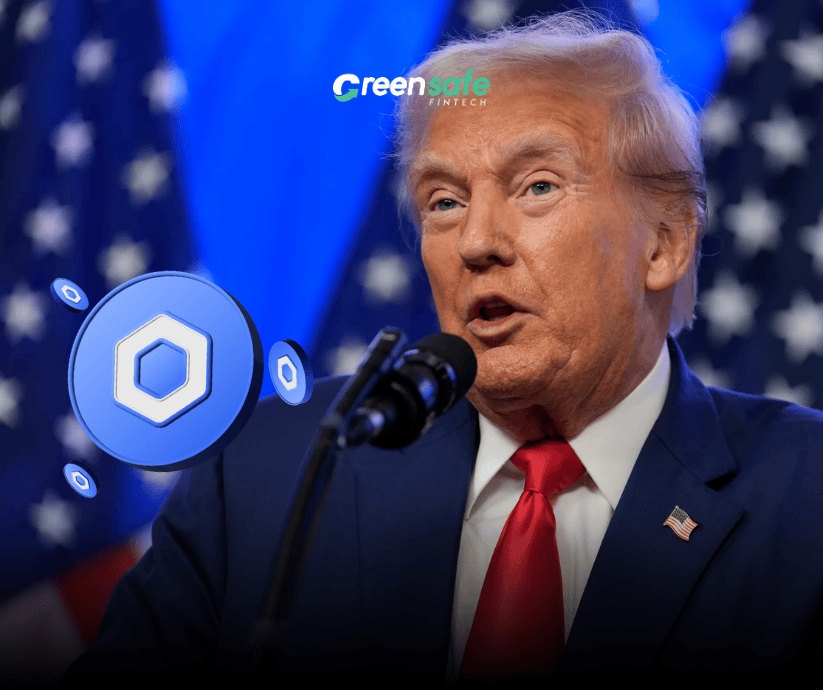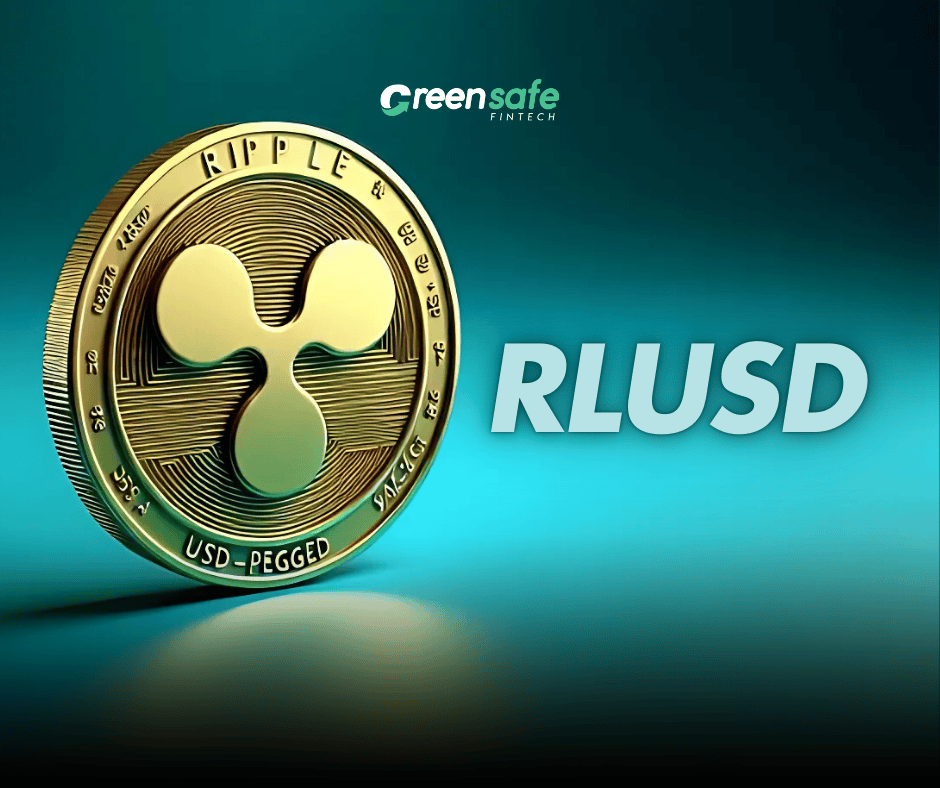Ripple CEO Brad Garlinghouse recently commented on the increasing regulatory scrutiny directed towards Tether by the U.S. government, suggesting potential ramifications for the broader cryptocurrency markets. Speaking on the World Class podcast, Garlinghouse indicated a high level of certainty regarding regulatory attention on Tether, stopping short of directly correlating it to the next unforeseen market event. However, he underscored Tether’s significance within the crypto ecosystem and admitted uncertainty about the potential consequences of regulatory actions against it.
This spotlight on Tether comes amidst Ripple’s own plans to enter the stablecoin market in 2024. Tether Holdings, the entity behind the widely-used USDT stablecoin, has found itself under regulatory scrutiny, including inquiries into possible links to terrorism financing. In response, Tether has asserted its commitment to cooperation with law enforcement agencies and adherence to regulatory guidelines.
However, Tether has faced criticism over transparency and its reserve holdings. While the company has conducted periodic audits in recent years, questions have lingered regarding the adequacy and accuracy of its reserves. In 2021, Tether reached a settlement with the Commodity Futures Trading Commission over allegations of misrepresenting its reserve holdings, highlighting regulatory concerns surrounding stablecoin issuers.
In contrast, Ripple’s stablecoin ambitions aim to address some of these concerns. Set to launch later in 2024, Ripple’s U.S. dollar stablecoin plans to utilize a diversified backing strategy, including dollar deposits, short-term government securities, and other liquid assets. This approach aligns with Ripple’s emphasis on transparency and regulatory compliance, as articulated by Ripple’s chief technology officer, David Schwartz.
As the regulatory landscape for cryptocurrencies continues to evolve, market participants are closely monitoring developments surrounding stablecoin issuers like Tether. Ripple’s entry into the stablecoin market adds another dimension to this changing landscape, with potential implications for market dynamics and regulatory oversight. Amidst these uncertainties, the crypto industry remains poised for further regulatory scrutiny and possible disruption, as stakeholders navigate the complex intersection of innovation and regulation in the digital asset space.


